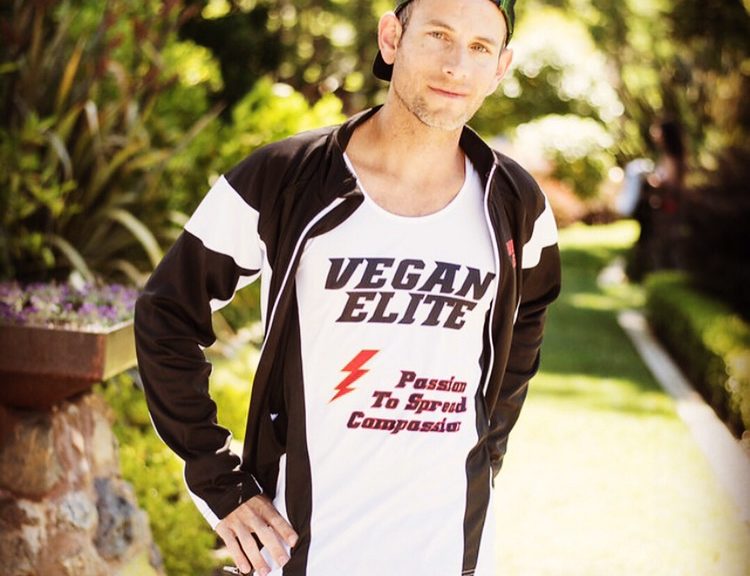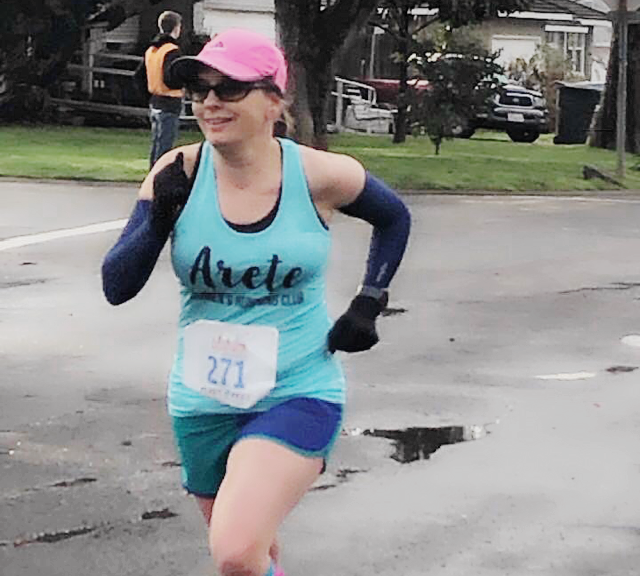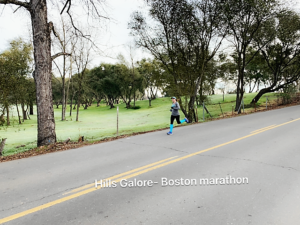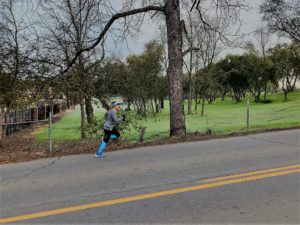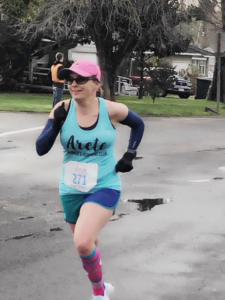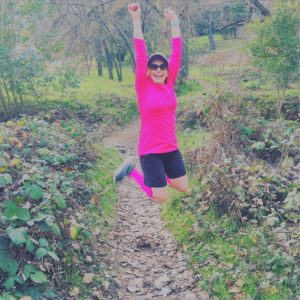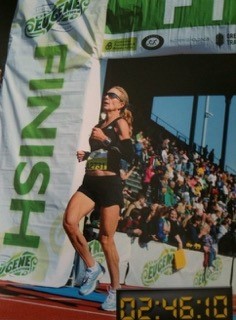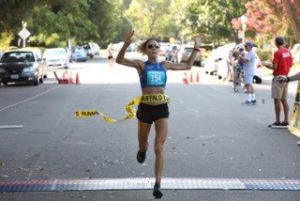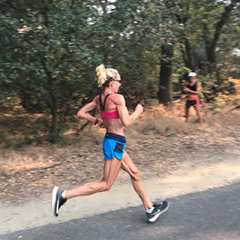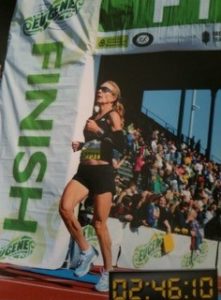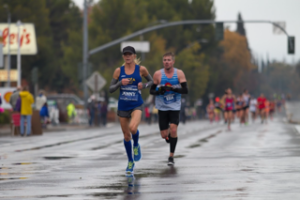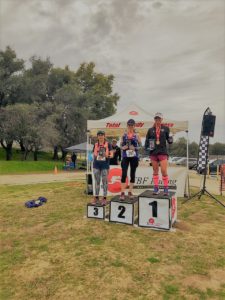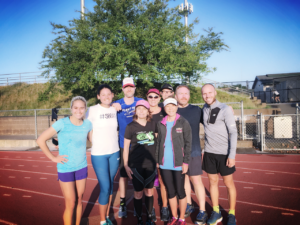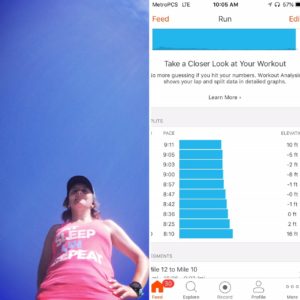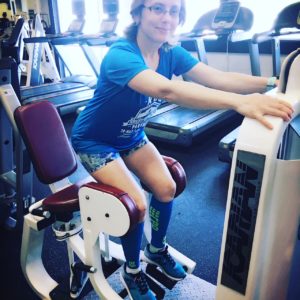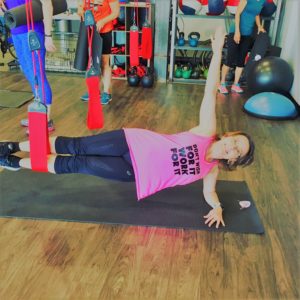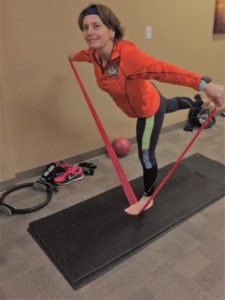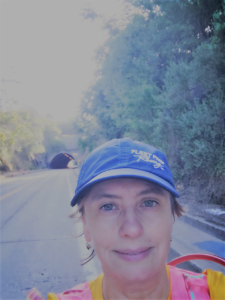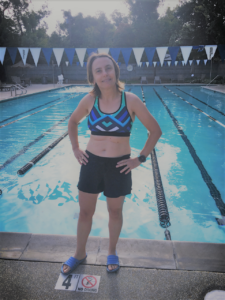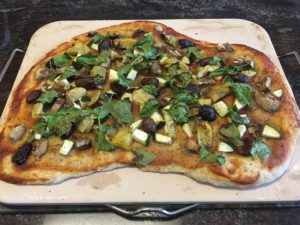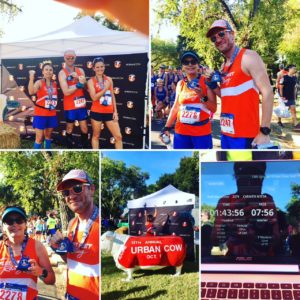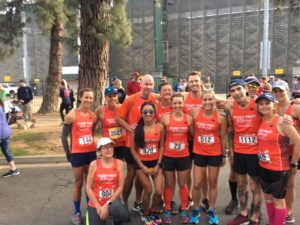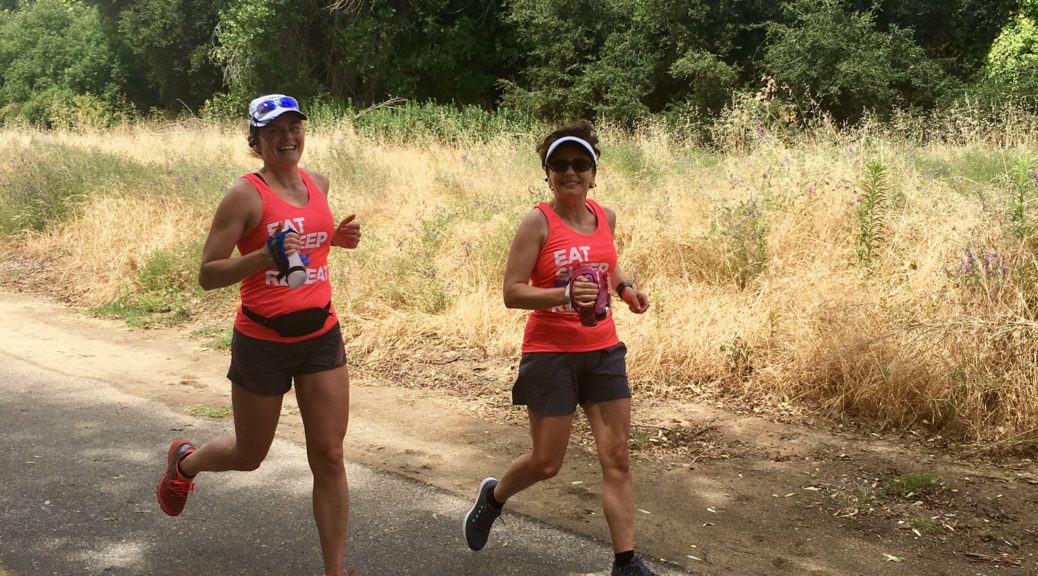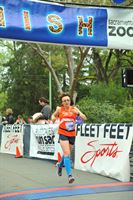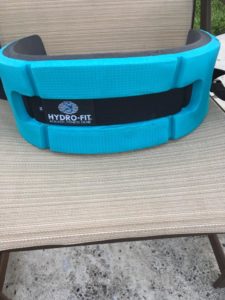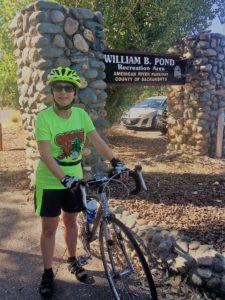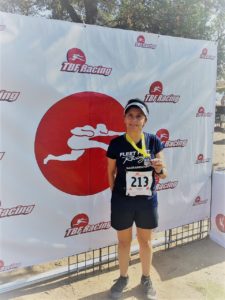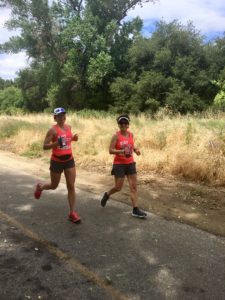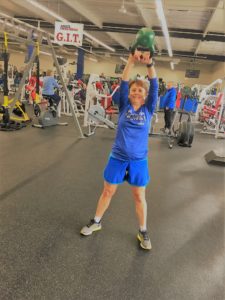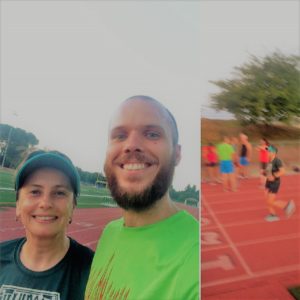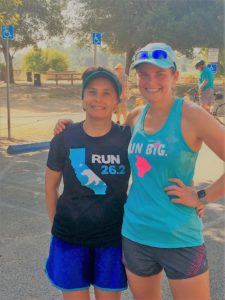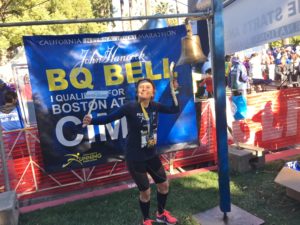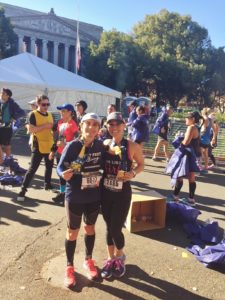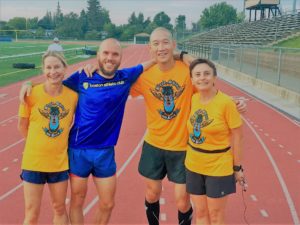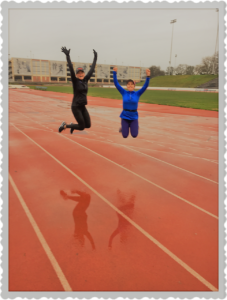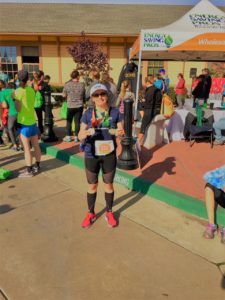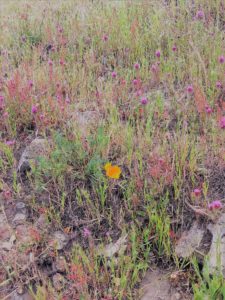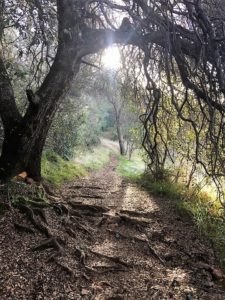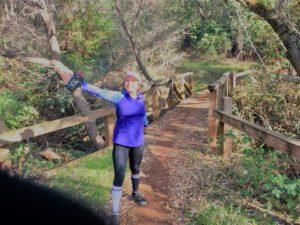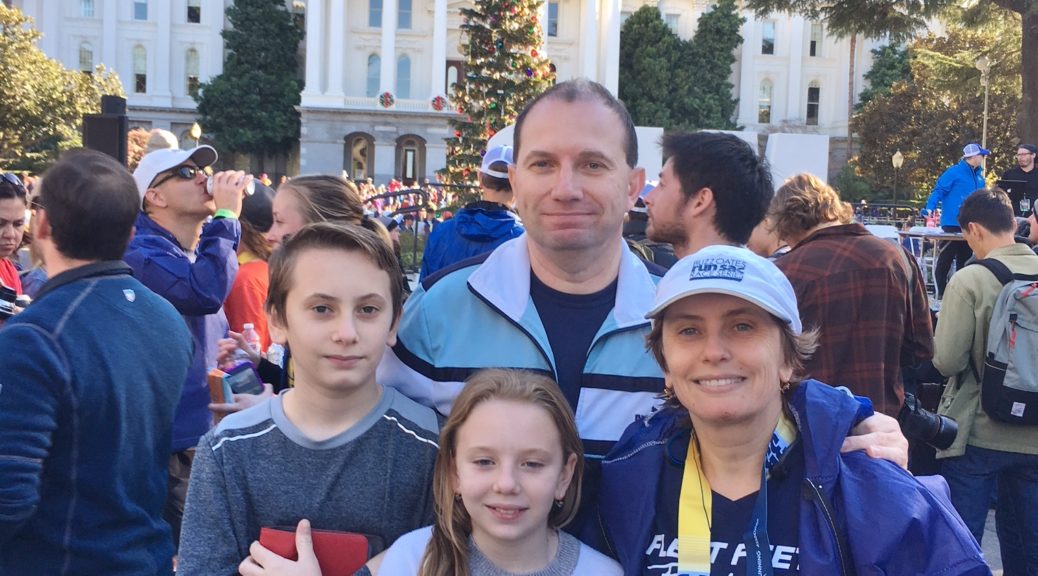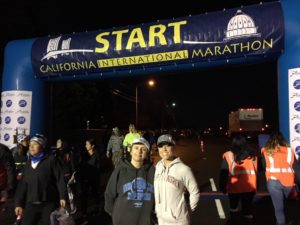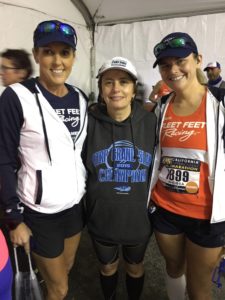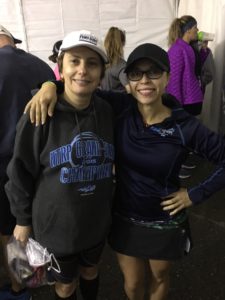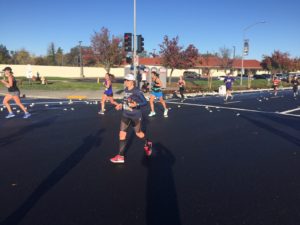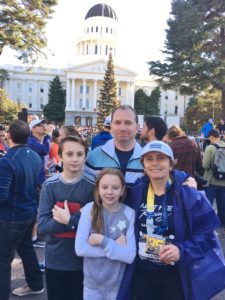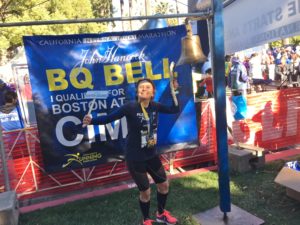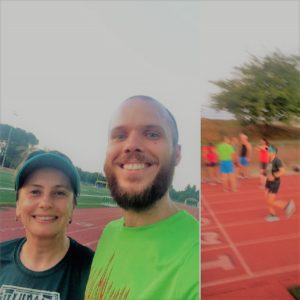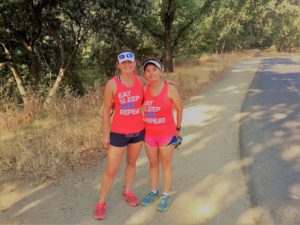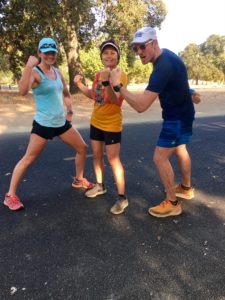Let’s be honest! Who doesn’t want to be faster as a runner? And aren’t we willing to try new ideas to enjoy this incredible sport of running road or trail races? As some of you know, I have been pesco-vegan for four years and fully vegan for three years, but in this blog, I have the honor to introduce local sub-elite runner Jedidiah Soliz, aka Jedi, or the Vegan Jedi athlete on Instagram, who runs for Sacramento Running Association elite team. He is also my amazing friend and training partner on recovery days, or when I have to do a tough workout and he is great to pace me. I have also paced him on my bike and barely kept up with him – ha!ha!
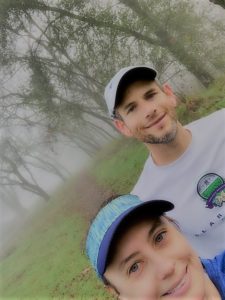
Introduction
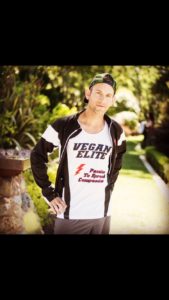
Jedidiah Soliz, aka Jedi, or @theveganjediathlete athlete on Instagram, is 36 years old and has his own business as a Landscape Gardener and Designer. He has been vegan for about seven years and has been a competitive distance runner for almost 15 years. Jedi started out doing cross country in college back in 2004. At that time, he was only doing short 4-mile races, after which he attempted the 800m in track during the spring season. Jedi thought that was fun, but unfortunately, he got injured. Since then he has worked his way up to the marathon distance and has also done one 50k race.
Jedi also got accepted onto the Altra Running Red Team at the beginning of 2019. He is a big believer and promoter of the Altra shoes that he wears for all of his running and most casual outings as well. They are the best brand of running shoes in his opinion and Jedi believes in their philosophy whole-heartedly. The Altra shoes have a signature wide toebox and Zero Drop technology that makes for a more natural, efficient, and injury preventive experience.
Jedi believes that his true purpose, calling, and mission in life is to be an ambassador for a vegan lifestyle. He is proud to have been featured in Vegan Health and Fitness Magazine and Sacramento News and Review.
Jedi’s Running Accomplishments
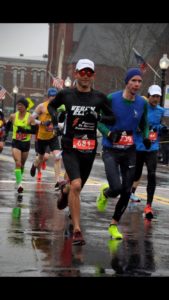
- Jedi completed his first marathon California International Marathon in 2:50.52 in the craziest storm of the year. He was 30 years old and turned vegan that year, experiencing renewed energy and increased sports’ performance.
- In 2018, Jedi ran CIM marathon in 2:39:25, which is his personal best so far in marathons.
- His half Marathon PR is 1:13.34.
- His 10 mile best race is 55:45, the 10k 33:24, and his fastest mile is 4.27.
- In 2019, Jedi is working to break his 5K PR, which 15:58.
- Jedi has just won the Davis Stampeded 5K race on Feb. 24th, 2019 with a time of 16:43.
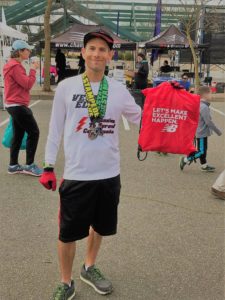
Why Should You Consider Turning Vegan and How it Can Change You as an Athlete and Human Being?
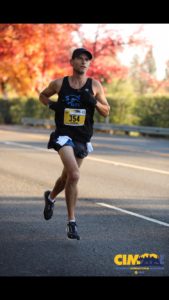
Jedi offers 10 reasons to become vegan:
- For health reasons to combat cancer, diabetes, heart disease, for weight loss, and to become the best version of oneself.
- For better skin and combating acne, which he had growing up.
- To inspire others just like his sister Vanessa Dawn who became a raw vegan with the help of a friend of hers. Jedi was completely mesmerized by his sister’s transformation and knew that he was desperately ready for a change.
- To counteract the destructive industry of animal agriculture.
- To spread kindness and compassion.
- To protect our environment and to live our lives as vegans, or what is considered World Peace Diet.
- To change our planet by being conscious of our food habits.
- To promote peace and harmony.
- To appreciate the synergistic component of veganism, because what’s best for the planet is also best for our health, the animals and visa versa.
- To improve our running, or any other sport’s performance, as well as reduce injury and improve recovery.
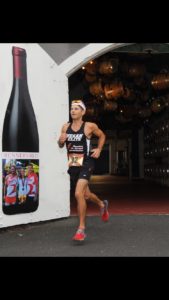
Jedi’s Advice on Becoming Vegan
- Focus on fruit, vegetables, and whole foods!
- Make sure that the bulk of your calories comes from high carbohydrate, whole, plant-based foods. It is far too easy to become a junk food vegan these days, but you need to fight that urge, because your performance depends on it. Not to say that you can’t treat yourself to some delicious vegan treats and fatty, filling foods now and then, but it is best to keep it to a minimum and time it out right so that you are mostly only eating that way after a race or hard workout.
- Proper timing of nutrition is very important!
- Also focus on low fat, but make sure to get enough calories, which can be one of the biggest pitfalls that most unsuccessful vegan athletes experience.
- Getting plenty of fiber and an easy way to do so is by making big fruit and green smoothies. Jedi makes himself a big smoothie every morning, which powers him through his workouts and his job until lunch time.
Jedi’s Smoothie Recipe
Jedi’s favorite fueling breakfast before and after a run is his famous smoothie that he is kind to share with us.
1.5 cups water
2 dates
1.5 cups greens(ie. spinach, kale, romaine lettuce, swiss chard)
a marble sized piece of ginger
1/4 cup raw beet, peeled and chopped.
3 bananas
a ring of pineapple.
1 cup frozen wild blueberries
1/2 cup frozen cherries
1 cup coconut water.
Optional:
1 teaspoon Spirulina
2 scoops MSM powder
1/2 cup Cilantro
1/2 cup additional frozen fruit.
1/2 scoop energy powder(I like Vega Clean Energy)
1/2 cup plant based milk.
Jedi’s advice on how to make the smoothie: “Put the water and dates at the bottom first to soak. You can play around and tweak this recipe some to your liking. You can swap out the fruit for other seasonal fruit of your choice if you’d like. This is just a standard recipe of mine, but it definitely varies for me as well! Also the amount of liquid you need may change, depending on the size of the smoothie. I recommend adding a little bit extra at a time if need be.”
Final Thoughts About Being Vegan
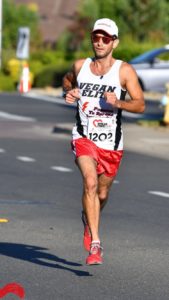
Becoming a vegan is a big lifestyle change and you should also consult your physician, but as Jedi points out we all have the potential for greatness within us. For Jedi, being vegan is a bigger cause that is near and dear to his heart and it makes a huge difference in his life as an athlete and his ability to push himself to the limit. Moreover, Jedi’s questions for all of us are: “Do you have the will power, self control, and courage to join me on this journey into a life saving and world changing movement and rise up to your inner greatness by doing what’s right and fighting for this cause? Life is short and we will all die one day, but it’s what we choose to do with our time here that really matters. Do you want to be part of the problem of cruelty and destruction, or do you want to be part of the solution towards compassion and peace?”
I am always busy during the winter months, selling my listings, or helping my buyers buy the right home, so please mention this blog and you will receive a free market analysis of your home, no strings attached.
For more info on running and real estate, whether buying or selling, please e-mail me at carmenmicsa@yahoo.com, or call me at 916-342-2446. Running for real estate with joy!

